Description
Unlocking the Essence of Javadhu
Experience the enchanting aroma of Javadhu powder, a unique blend of sandalwood, herbs, and the aromatic secretions from civet cats, tracing its origin back to Siddha medicine and the revered Sangam literature. This reddish-orange powder not only carries the scents of nature but also the whispers of traditions that have transcended time. Despite a lack of scientific documentation and official recognition, Javadhu remains a favorite among many, especially as it was often used by the legendary composer Thyagaraja before his concerts.
The Art and Ingredients of Javadhu
The craft of Javadhu has its roots in historic Southern India, where it has been handed down through generations. Typically made up of primary ingredients like sandalwood and pachakarpooram (edible camphor), the composition may also include lotus stems, dried gooseberry, and arigam pullu (Bermuda grass). However, a rise in demand has led to the addition of sawdust for volume, which raises questions about the purity of the product. Available at small stalls surrounding temples in South India, Javadhu powder is usually sold in small glass bottles for ₹80 to ₹100 for 10g. Its potent scent stands strong against commercial deodorants, offering a lasting fragrance that fills any space.
The Cultural Significance and Production
While Javadhu powder is enjoyed across India and exported globally, its origins remain somewhat elusive. Evidence suggests it originated from Tamil Nadu or the Eastern Ghats, with its association to tribal communities as a primary ingredient—the aromatic civet secretions—was historically available only to them. Though manufacturing largely occurs via cottage industries in temple towns like Chidambaram and Kancheepuram, the exact recipe and methods are largely undocumented. This powdered treasure is lauded not just for its fragrance but also for its historical and spiritual significance, indicated by its connection to the Siddhas of Tamil Nadu.
Adding intricate layers of scent, some creators incorporate saffron for its rich aroma, while agarwood, known as oud, offers an earthy complexity. The mix is often enhanced with herbal and floral notes from spices like cardamom, cinnamon, and extracts of jasmine and rose. Despite the enchanting blend and its extensive history, the lack of legal recognition such as a GI tag poses challenges for this age-old product that deserves acknowledgment for its distinct heritage.
Step into the world of Javadhu, where tradition meets fragrance, crafting an essence that is more than just a perfume; it’s a doorway to the rich cultural tapestry of Southern India. Embrace the allure of this mystical powder and let its aroma transport you to a realm where heritage and nature intertwine. ( credits : TOI https://search.app/hyLtvYq5MQhJfex5A)



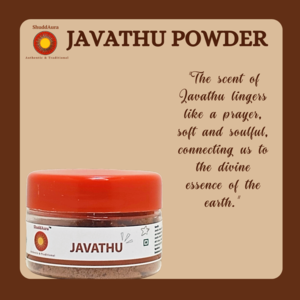
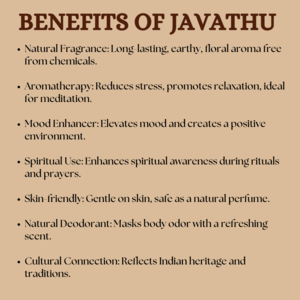
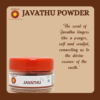




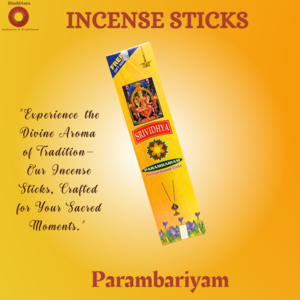
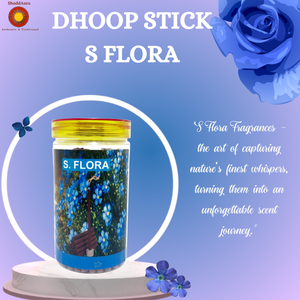 Dhoop Stick S Flora - 150g
Dhoop Stick S Flora - 150g
Reviews
There are no reviews yet.